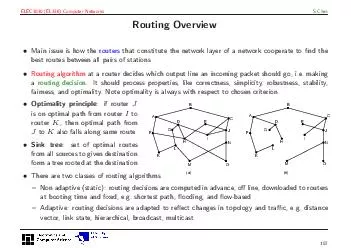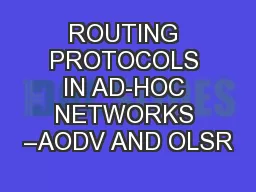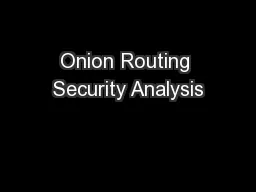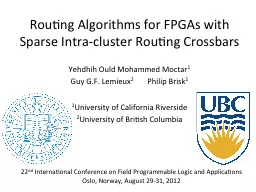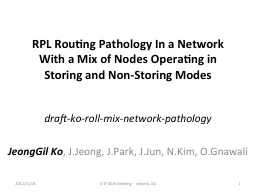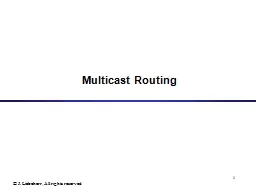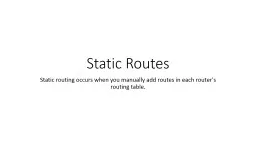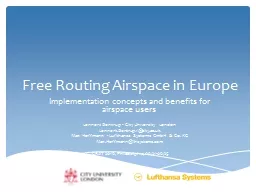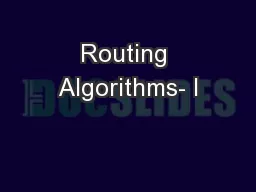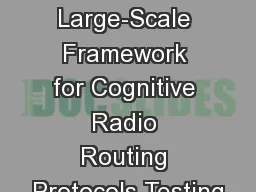PPT-Over the Top Routing
Author : celsa-spraggs | Published Date : 2016-06-30
Protocols Joe Harris Consulting Systems Engineer Agenda Overview of Current Solutions How OTP works Peering over the WAN Considerations Case Study 2 Overview of
Presentation Embed Code
Download Presentation
Download Presentation The PPT/PDF document "Over the Top Routing" is the property of its rightful owner. Permission is granted to download and print the materials on this website for personal, non-commercial use only, and to display it on your personal computer provided you do not modify the materials and that you retain all copyright notices contained in the materials. By downloading content from our website, you accept the terms of this agreement.
Over the Top Routing: Transcript
Download Rules Of Document
"Over the Top Routing"The content belongs to its owner. You may download and print it for personal use, without modification, and keep all copyright notices. By downloading, you agree to these terms.
Related Documents


